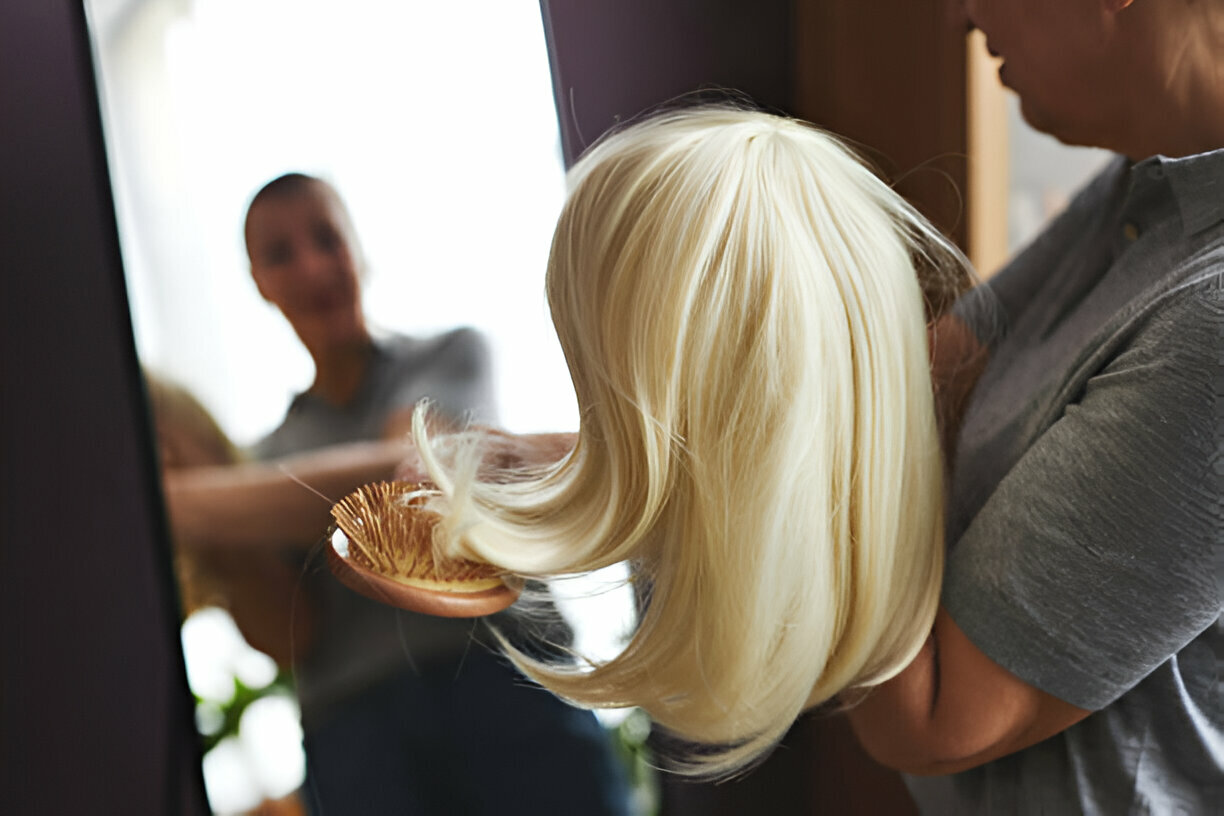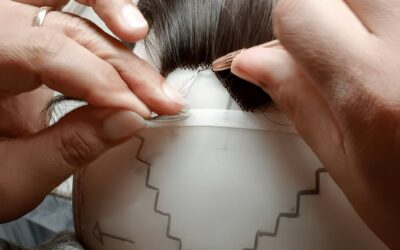Whether you’re new to wigs or have been wearing them for years, chances are you’ve come across some questionable advice. Unfortunately, some of these so-called “tips” are actually harmful. In this post, we’re breaking down the most common wig care myths that could be ruining your wig — and what you should do instead.
Myth #1: You Should Wash Your Wig After Every Use
This is one of the most common wig care myths out there. While cleanliness is important, over-washing your wig can actually shorten its lifespan. Unlike natural hair, wigs don’t produce oils, so they don’t need to be washed as often. For synthetic wigs, washing every 8–10 wears is enough. Human hair wigs can go a bit longer depending on usage and styling products.
Real tip: Spot-clean sweatbands or lace fronts instead of doing a full wash every time.
Myth #2: All Wigs Can Be Treated Like Natural Hair
Many beginners treat their wig just like their real hair — shampooing, conditioning, blow-drying, even coloring it without thinking twice. But different types of wigs require different care. Synthetic wigs, for example, can melt under high heat. Human hair wigs, while more durable, still need gentler products than your usual drugstore shampoo.
Example: A student in our wig course once used a curling iron on her synthetic wig — and it fused the strands together. Yikes!
Myth #3: Using Regular Hair Products Is Fine
This myth persists because it’s easy to assume that what’s good for your own hair must be good for your wig too. Unfortunately, most everyday shampoos and conditioners contain sulfates, alcohol, and parabens that can dry out and damage wigs — especially synthetic ones. Always go for wig-specific or sulfate-free formulas.
Myth #4: You Can Sleep in Your Wig Without Damage
Sleeping in your wig occasionally won’t ruin it, but doing so regularly can cause friction and tangling, especially at the nape of the neck. This leads to breakage and a shorter lifespan for your wig.
Better option: If you must sleep in it, use a satin bonnet or pillowcase to reduce friction. Otherwise, store your wig on a stand overnight.
Myth #5: You Don’t Need to Condition Synthetic Wigs
Just because a synthetic wig isn’t made from real hair doesn’t mean it doesn’t need moisture. Synthetic fibers can still become dry and stiff over time. Using a lightweight leave-in conditioner specifically designed for synthetic wigs helps keep the fibers soft and manageable.
Myth #6: Tangles Mean Your Wig Is Low Quality
Not true. Even high-quality wigs can tangle — especially long ones — due to friction from clothing, weather conditions, or improper storage. What matters more is how you detangle and maintain the wig over time.
Tip: Start brushing from the ends upward using a wide-tooth comb or a wig brush.
Myth #7: Human Hair Wigs Last Forever
While human hair wigs do have a longer lifespan than synthetic ones, they’re not immortal. With proper care, they can last a year or more, but they still need cleaning, conditioning, and occasional trimming. Thinking they’ll last forever only leads to disappointment and unnecessary damage.
Falling for common wig care myths can lead to serious damage and costly mistakes. The good news is, once you know the truth, it’s easy to adjust your routine and get the most out of your wigs — whether synthetic or human hair.
If you’ve heard other wig care advice and aren’t sure if it’s true, don’t be afraid to ask an expert or do your research. Your wig will thank you.




